
Beyond a buzzword
Wilson Cattle Company & Beef Northwest earns first CAB Sustainability Award.
By Nicole Lane Erceg
Photos by Nicole Lane Erceg and Kylee Kohls
The water flows with strategic design through pastures enclosed by precisely kept barbed-wire fences. Bee boxes seem as ordinary here as the pine trees, homes for ranch pollinators. A hawk leaves the sky to land gently on its perch, placed there decisively, long before he thought to rest his wings.
Little goes on without specific purpose at Wilson Cattle Company.
It’s not the work of fancy technology, though spreadsheets of data and consultants lend their hand. It’s six generations of meticulous puzzle masters who focused on making better each piece of the bigger picture.
It’s a philosophy: one plus one should always equal more than two.
Cattle, of course, are a critical part of the equation. It’s their measurement of performance that determines success.
But the people, they are the multipliers.
The Ranch
He looks a little more East Coast than his western cowboy genes. The sixth generation to manage the land, Zach Wilson is a modern cattleman. The hybrid thinker multitasks on a drive through the ranch, maneuvering his pickup to check grass, chat with cowboys, cuss the things that could get better, all while his to-do list at the office tugs at him to get back to work.
Like his visionary ancestors who followed the Oregon Trail, raised horses for the Cavalry during World War I and started a feeding enterprise in the Pacific Northwest, Wilson pushes boundaries. He’s on a mission to amplify his resources to make things better.
“What I hope to leave on this ranch when they put six feet of dirt on me is an improved water system,” says Wilson. “The flood irrigation is a good way to do things, but I think there are great ways to do things.”
It might sound like a minor detail but the 6,000 acre ranch near North Powder, Ore., gets an average rainfall of just 12 inches. Most soil moisture comes from snow and it’s irrigated pasture that makes their land stand out in sage brush country.
Their system is based on intensive rotational grazing combined with making the land the best habitat possible for more than the 2,000 Angus-based commercial cows and 12,000 stocker cattle that call it home.
“If it’s good for the little bugs in the soil, or the migratory birds or larger mammals like elk or deer, even rodents, it’s going to be good for the cattle,” he says. “If you treat it more as a holistic system, rather than simply inputs for the cattle, then you’re going to get better performance out of your cattle.”

“Our job is to work with Mother Nature,” he says. “She knows best. We try to figure out the best incentives for what is going to help her be her most productive self.”
It’s a high road that takes discipline.
“The ranch is like a muscle,” Wilson explains. “We’re working it out to make it stronger, just like we’d go to the gym and do pushups. It’s a living organism and it should be treated as such.”
The natural resource company’s riparian barriers, waterfowl habitat and soil microbiology aren’t just feel-good projects. They are strategic investments to raise better beef, more efficiently.
He points to an elevated bird box: “Some goose pair has probably been coming here for 15 years, raising their goslings and then moving on.”
Their droppings fertilize the soil. With them comes a diversity of bird populations that help manage flies, in turn helping the cattle. He sees each detail as a piece of a bigger cycle. His job is steward of it all.
“It means a lot to me to take care of the land. Six generations on this land means a lot of people have put a lot of sweat equity into it and I want to make sure that I’m treating it the way it should be treated,” says Wilson. “Feeding the world with what we do, I take that to heart.”
The systems thinking extends beyond the ranch to Beef Northwest, which feeds the cattle that leave his ranch.
The two entities are halves of the same whole. One feeds, the other breeds and stocks a steady supply ready to fill the pens as they empty. Wilson’s cattle harvest the grass in Baker Valley while Beef Northwest, started by the fifth generation of Wilsons, expands the enterprise with yards throughout the Pacific Northwest. It’s a symbiotic relationship, both dependent on each other — challenging even for those who serve inside to determine where one ends and the other begins.
The feedyard partnership gives Wilson a long-term view of the product and access to carcass data that indicates wins and losses.
It’s a system built on synergies.

The Feedyard
“No, I don’t have a background in agriculture. I just started here as an intern.”
It’s a story told by many employed at the cattle feeding business. From the voice answering the phones, to the manager at the yard in Quincy, Wash., to the pen rider monitoring cattle health in the Nyssa feedyard near the border of Idaho, people are the hub of this wheel.
Together they care for more than 100,000 head in four locations, the other two at Hermiston and Boardman, Ore.
“I believe the quality of the beef that comes out of Beef Northwest is directly related to the quality of the people,” says Wes Killion, Chief Operating Officer (pictured below on the right). “It’s a window into the company that goes with every aspect, be it environmental stewardship, animal health, animal performance or consumer eating experience.”
The cowboy at the top takes the commitment to consistently producing quality beef as seriously as the fresh new graduate a few weeks into her career.
Growing and equipping leaders is key to the strategy.
Giving people what they need to do a good job, that’s what Liz Nielson does. Last summer her title was intern; today it’s training coordinator.
“We try to give people the tools, experience and attention they need and make them feel like this is their home,” she says. “By boosting their confidence, work ability and skills — that directly relates to cattle performance.”
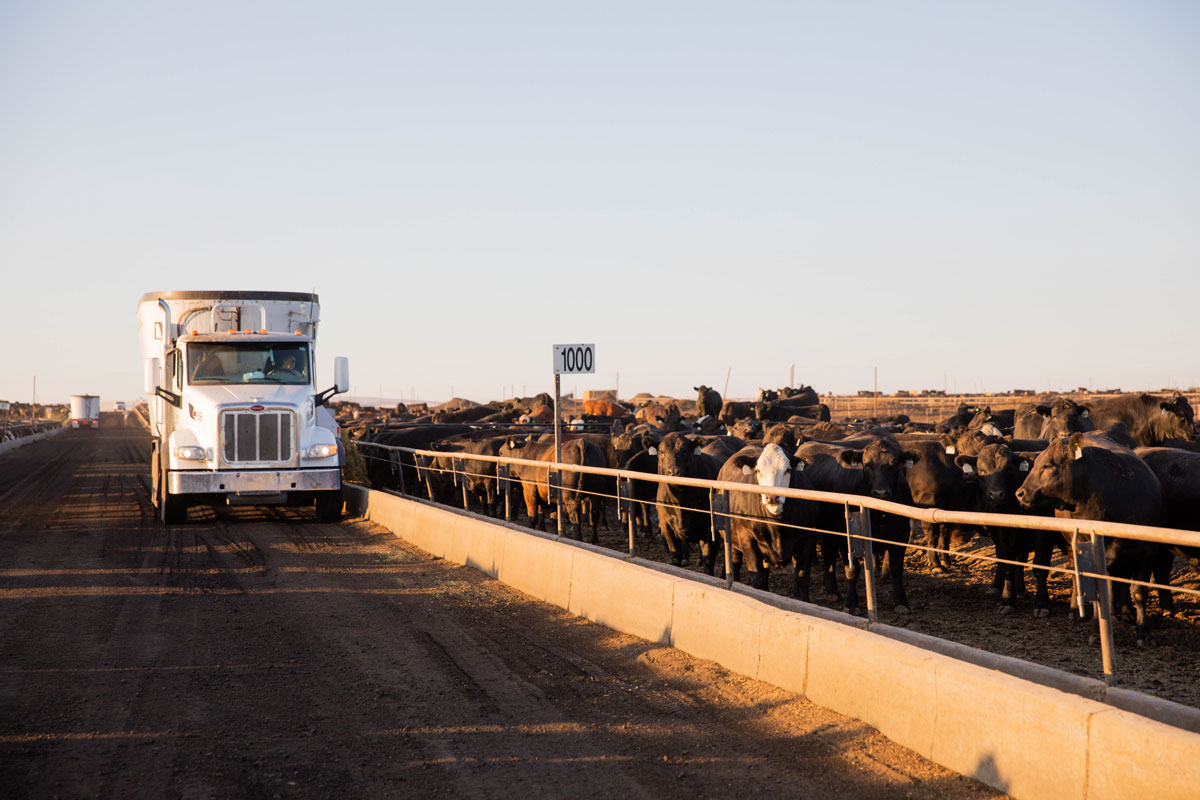
The bubbly, energetic young cattlewoman came to the feeding business with no experience, but acts as a sponge of knowledge, quickly grasping new techniques and teaching others.
“When someone truly understands why scraping a pen translates to cattle feed conversion, then they understand that every day when they go out, they are making a difference,” says Nielson. “When cattle go to harvest and consumers get their product, they’ve directly had a hand in making that experience a good one.”
It’s a business that’s less transactional, more relational. A system built on motivating people to do the right thing.
“I was the first intern,” says Pete Szasz (pictured below with his son). Today, with 15 years of experience under his straw hat, he’s the manager at the Boardman yard. Szasz and his team have 40,000 heartbeats relying on them for a meal three times a day.
“We’re trying to make high-quality beef that’s wholesome,” Szasz says. “You don’t do that without quality ingredients, no matter how hard you try.”
Eastern Oregon isn’t known for cattle feeding. Far from the Corn Belt and High Plains, the model requires progressive thinkers who harness a resource the landscape does offer: potatoes.
The feeding facility sits just down the freeway from french-fry factories. The highly nutritious and palatable carbohydrate provides energy. Tater tots, fries and jojos that don’t make spec become the basis for a high-quality mixed ration.
“If we weren’t here to utilize the potatoes, they would end up in a landfill,” Szasz explains. “That’s where they were going, prior to us being in the area.”
It’s in their DNA to look for opportunities to innovate around every corner. At the same time, the Beef Northwest team fiercely protects the best traditions of the past.
Pen riders trot with purpose, communicating via mailboxes at the end of the pen rows. Their path is mapped using GPS and drones for precise nutrient management and a responsible water run-off strategy. Each animal they check has electronic identification in its ear, the feed in their bunks quality-control tested.
It’s cowboys and cutting-edge technology, a commitment to excellence in every chore. Quality cattle-feeding requires focus beyond the feed bunk, and they hold themselves accountable through Progressive Beef.
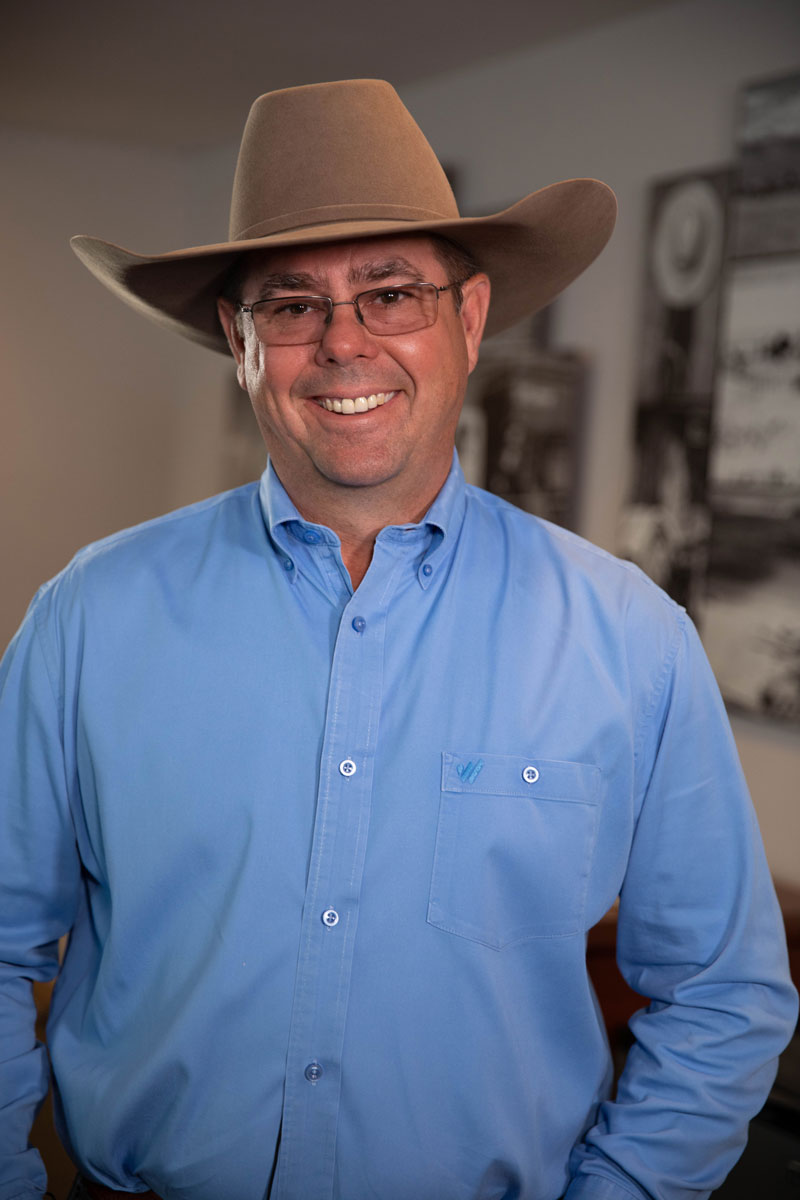
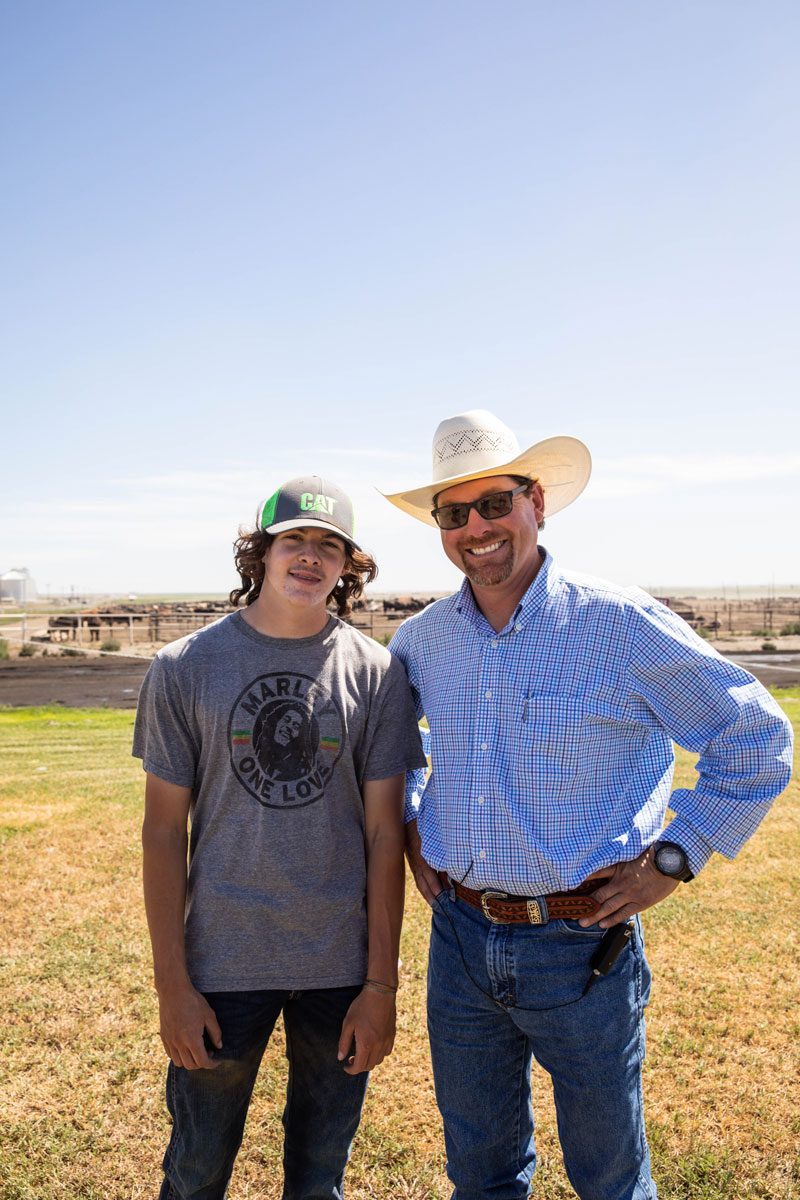
The Buzzword
Sustainability was a mindset at Beef Northwest and Wilson Cattle Company long before the term became a buzzword, earning the sister organizations the first-ever Certified Angus Beef ® Sustainability Commitment to Excellence Award.
“The more we can take care of the environment, the better opportunity there is for a better outcome for the cattle, be it health or performance as well as quality,” Killion says. “All of those play a vital role. If we don’t do that, then we’re probably putting employees at risk as well. We want to be leaders and not followers on the environmental aspect of feeding.”
It’s not just asking how to make better cattle, but how to create a better system.
“It’s a big web and at first glance we might not see why we do it, but it all comes down to the product we give to the consumer,” Nielson says. “That’s the most important thing: raising beef that not only tastes good, but that we’ve done everything we can to make sure it’s the best quality they could get.”
Szasz agrees. The ideal animal coming into his yard begins with quality genetics. He’s looking for an Angus-type, 750-pound steer that won’t have any health challenges.
“It is something we truly value and when we go out and procure cattle,” says Killion. “We’re always looking at cattle that would qualify for Certified Angus Beef premiums.”
Because sustainability includes a black bottom line.
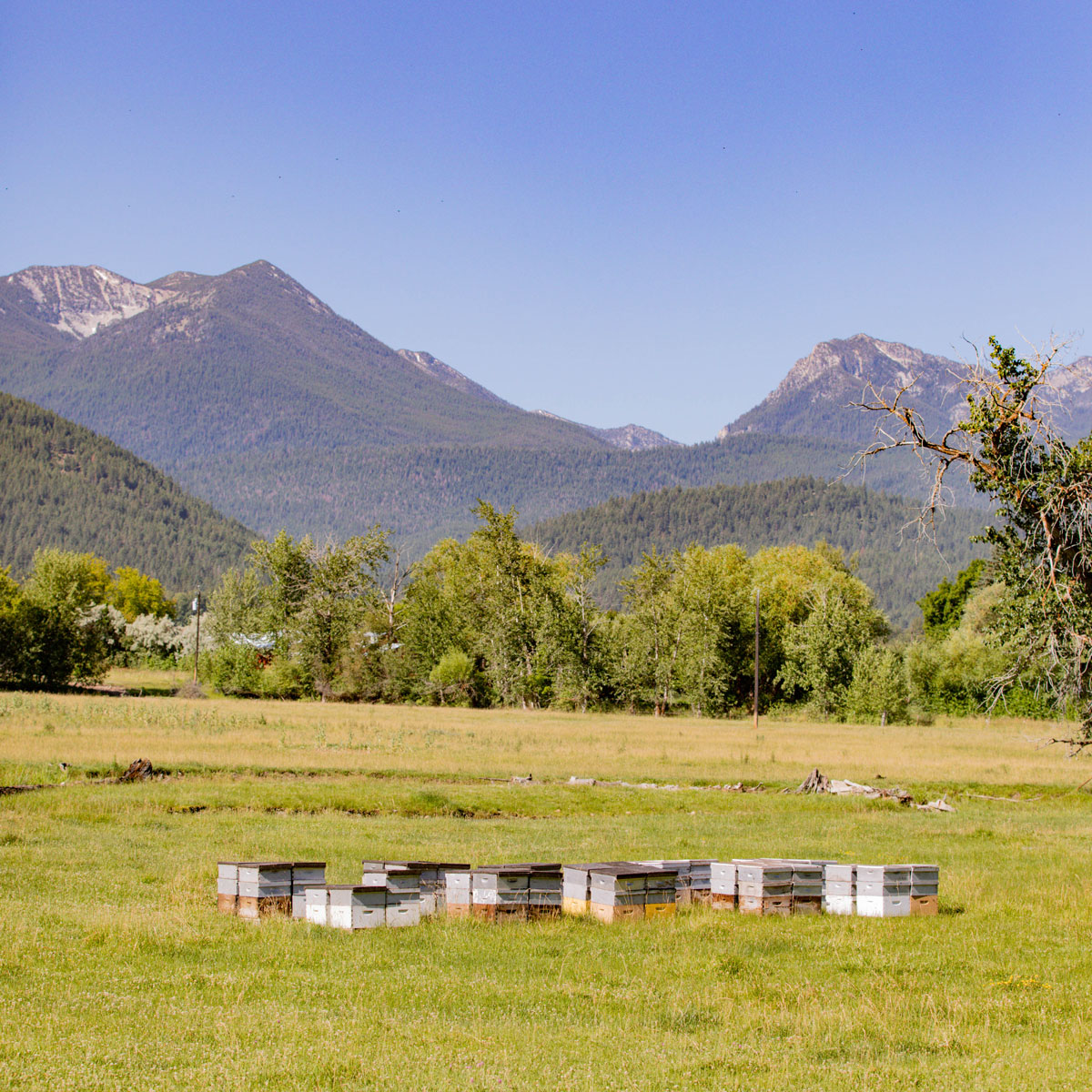
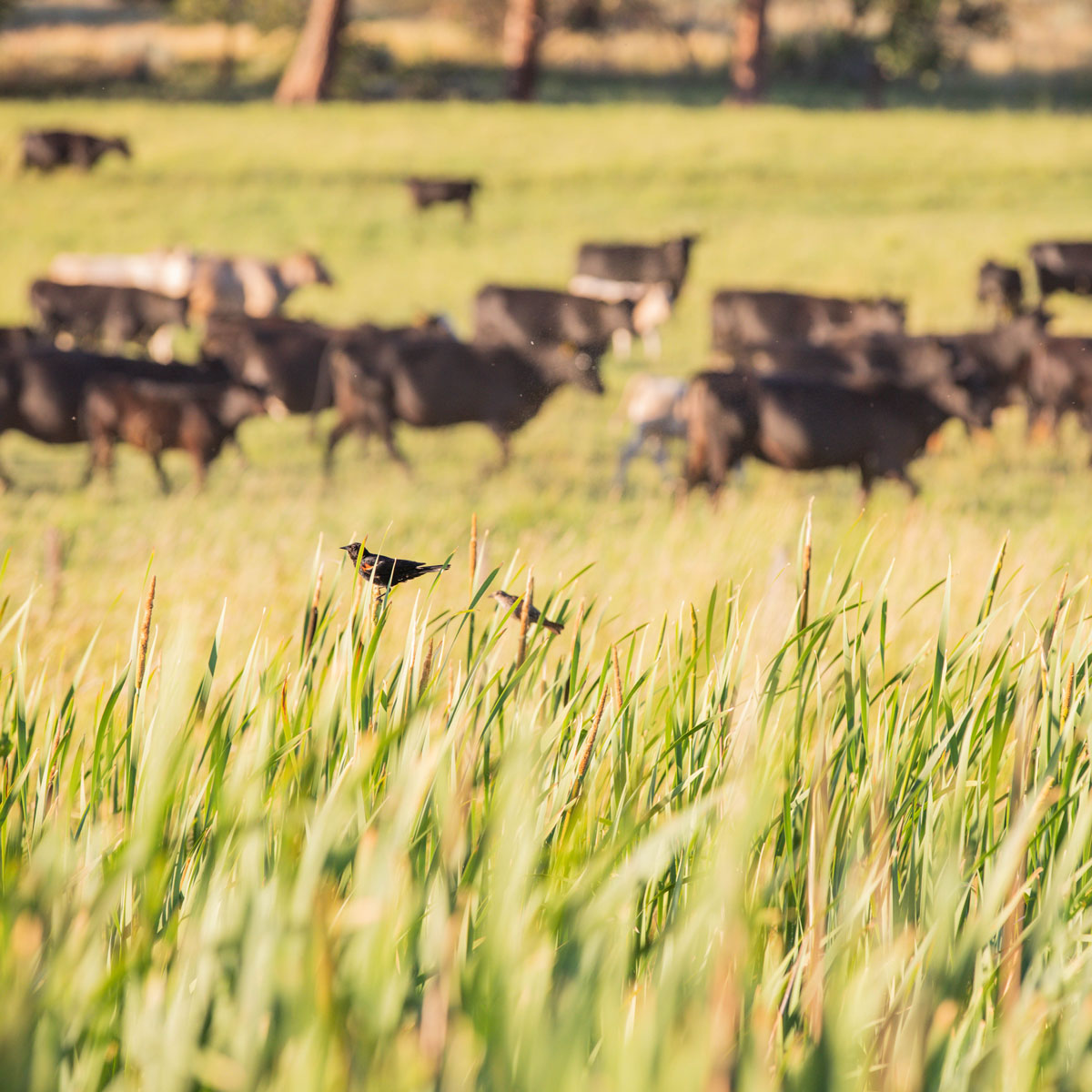
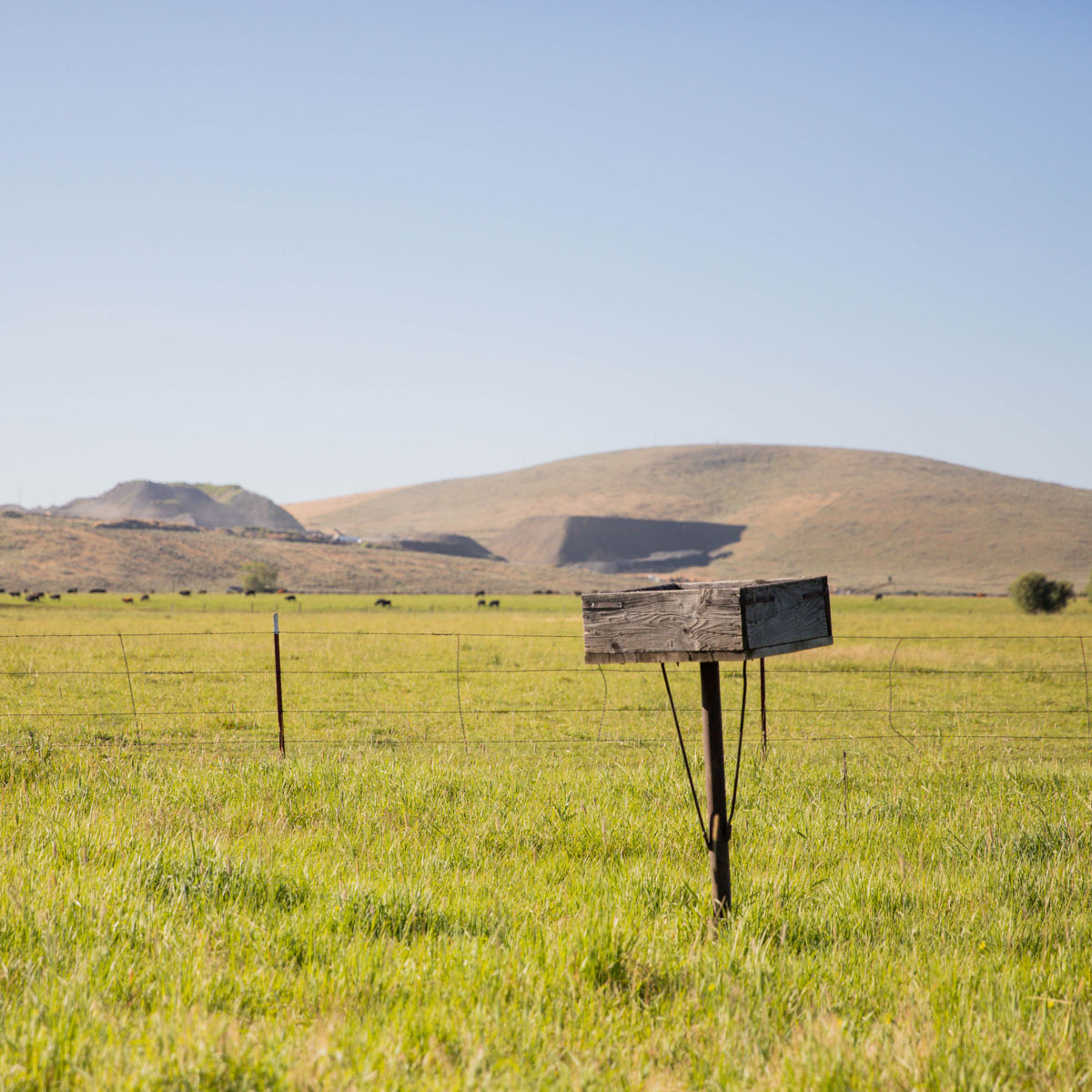
“I think there’s a disconnect when people talk about sustainability, that it’s either profit or environmental improvement,” Wilson says. “It’s the exact opposite. To me it means working with the weather, the land, the people and the cattle. Letting nature and the environment tell us what to do because if you do that, then the bottom line will show you’re doing the right thing.”
The idea is that the great cattle make the land better and the people make better cattle.
“When I think about sustainability, it’s creating relationships with ranchers and people we do business with year in and year out,” Szasz says.
It shows. Many of their feeding partnerships measure in decades and second-generation employees ride to work with the first.
Sustainability is a nebulous term, one so all-encompassing as to challenge grasp. In this corner of the world, though, it’s a clear, shared vision that the business is much bigger than any one individual. Each person’s commitment to consistent betterment in their area of ecology, cattle health, genetics, technology or people creates collective value.
Sustainability isn’t just about the end product, the ranch or the feedyard.
It’s everyone in between.
This story originally published in the Angus Journal.
You May Also Like…
Raised with Respect™ Rewards Producers with Current BQA Certificates
Taking care of your herd is part of the job of every stockman, and it’s the right thing to do. While you’re not committed to cattle care for recognition, you could be rewarded for holding a current BQA certification. Through two incentive opportunities, CAB and Sysco are recognizing producers who go above and beyond to show commitment to their herd.
Noble Research Institute and Certified Angus Beef Launch Partnership Centered on Promoting Land Management for Livestock Producers
Land Stewardship, launching November 2024, is an extension of Noble’s educational curriculum and offers an introduction to soil health principles and its effects on ecosystem processes. This free, online program is available for producers of all sizes and locations to gain insights into healthy soil, better grazing animal performance and a more resilient and profitable operation.
From Modest Beginnings to Excellence
Gilchrist Farm recently received the 2024 Certified Angus Beef Canadian Commitment to Excellence award. This prestigious honor recognizes their exceptional achievements in high-quality Angus genetics and management. Over the years, they have transformed their operation by embracing superior Angus genetics. Their commitment to high standards and innovative practices has distinguished them as a model of excellence in the industry.



